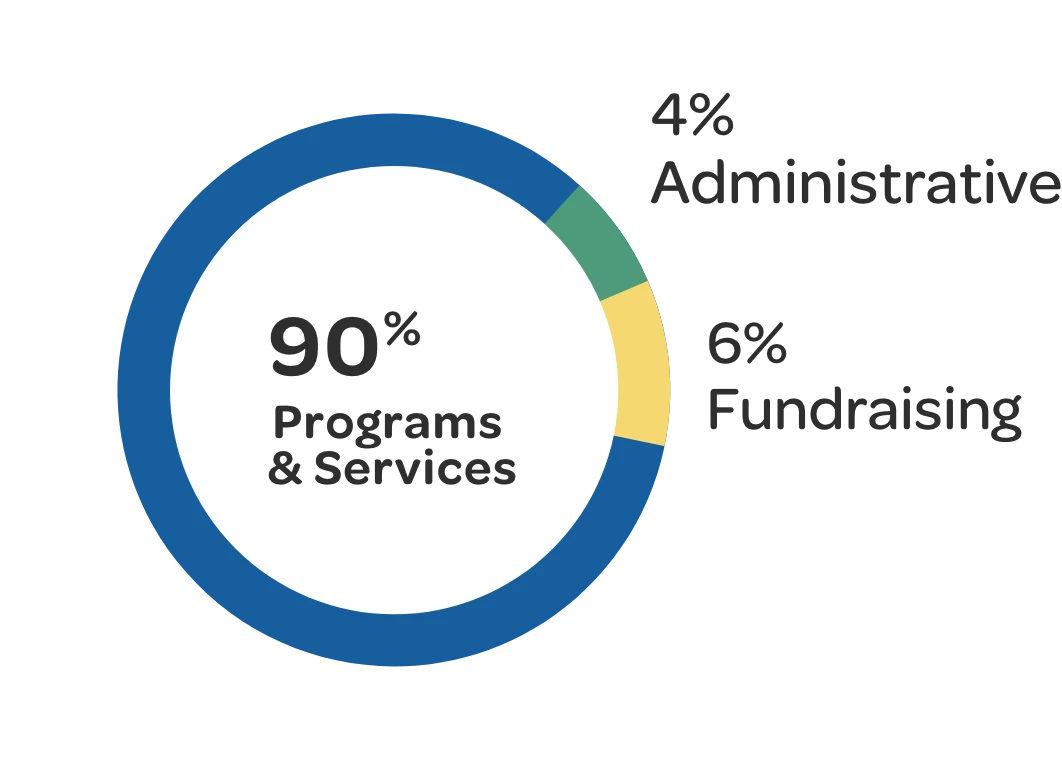Niṣâb is the Arabic word that names the minimum quantity the Prophet, on him be peace, set as a fixed threshold at which a Muslims must pay Zakat from eligible wealth. Different types of assets have different specified thresholds. Literally, niṣâb means “origin” because the right of the poor and Zakat-worthy on one’s wealth begins at this limit of its accumulation.
The Prophet himself, on him be peace, established the niṣâb values for all five categories of Zakatable wealth: personal, business, agricultural produce, livestock, and discovered or prospected troves. The limits he set at which the believer must pay Zakat on that wealth are part of Revelation. (See What Requirements Qualify Wealth for Zakat?)
There is also a Zakat Calculator to help with this.









